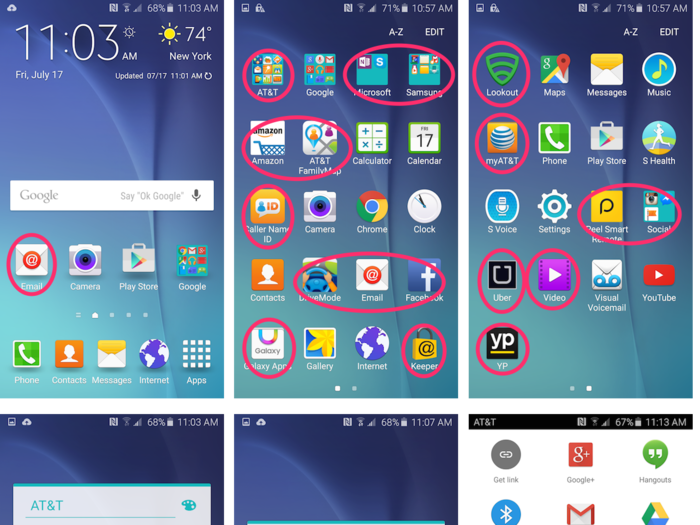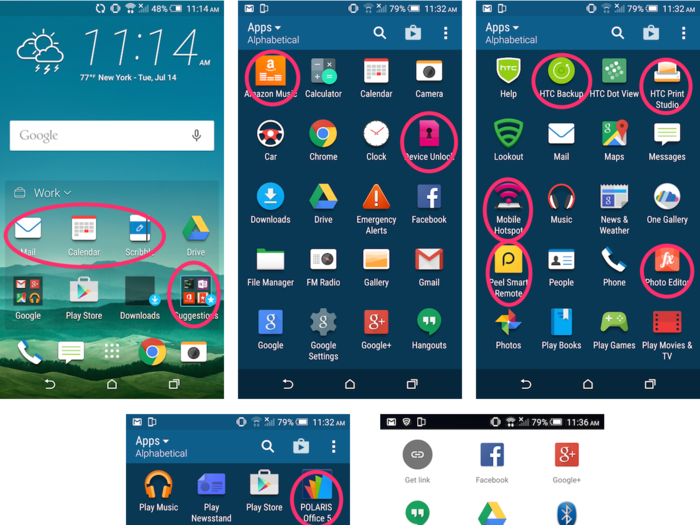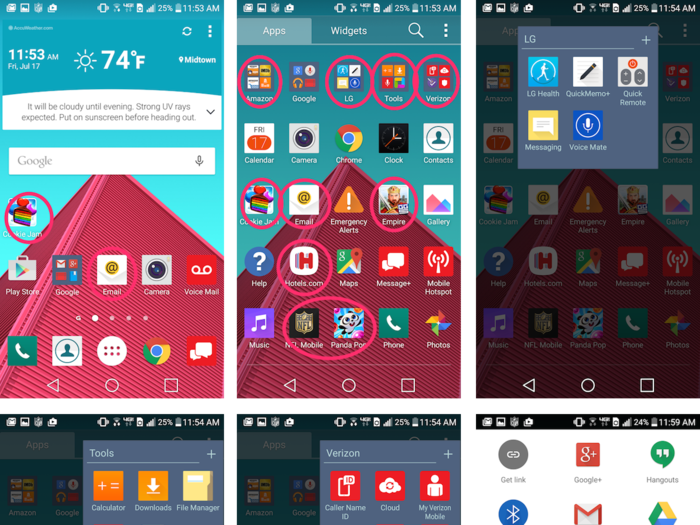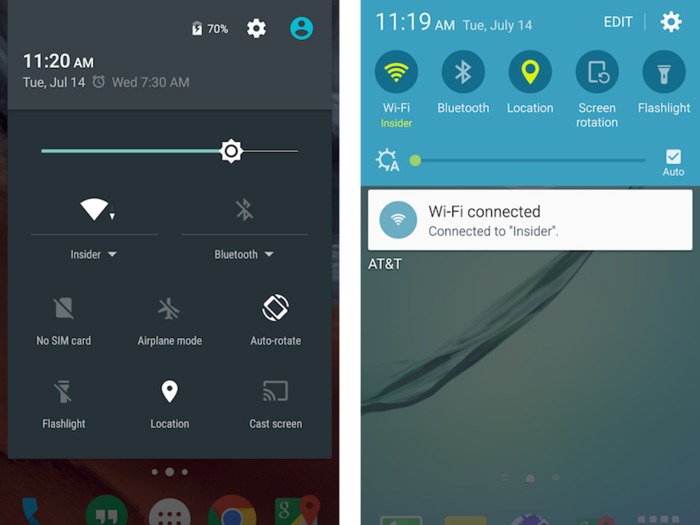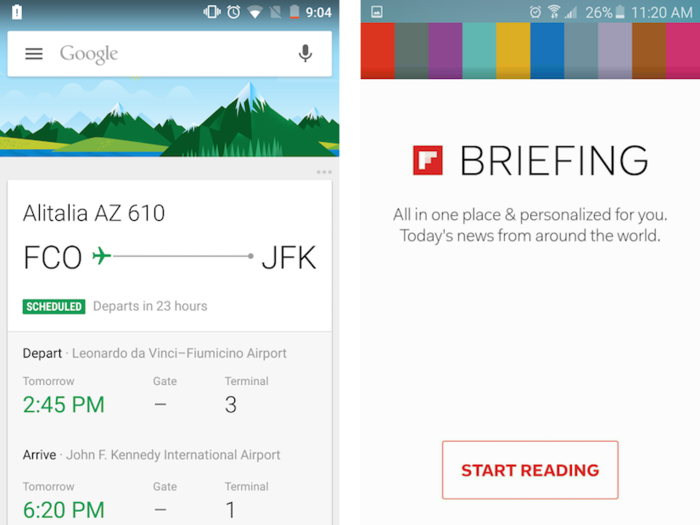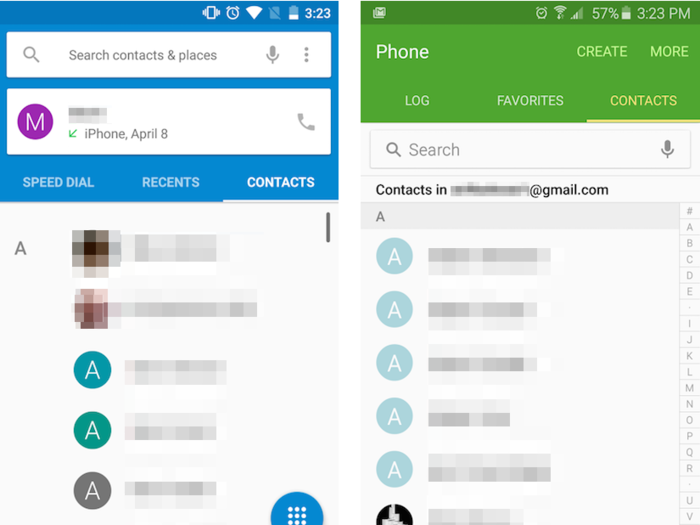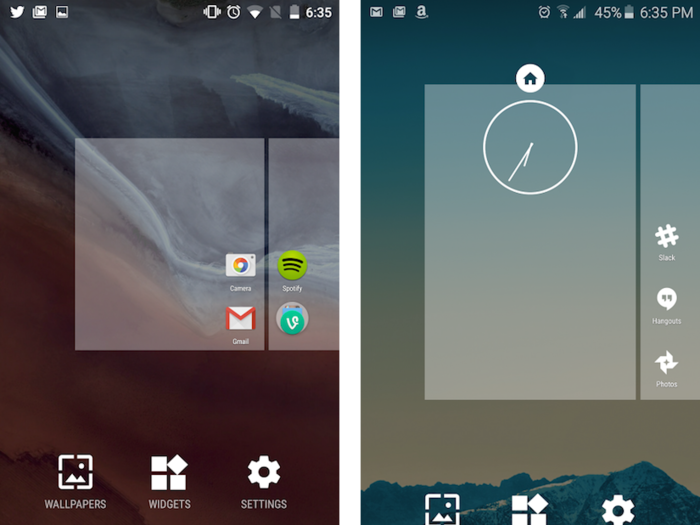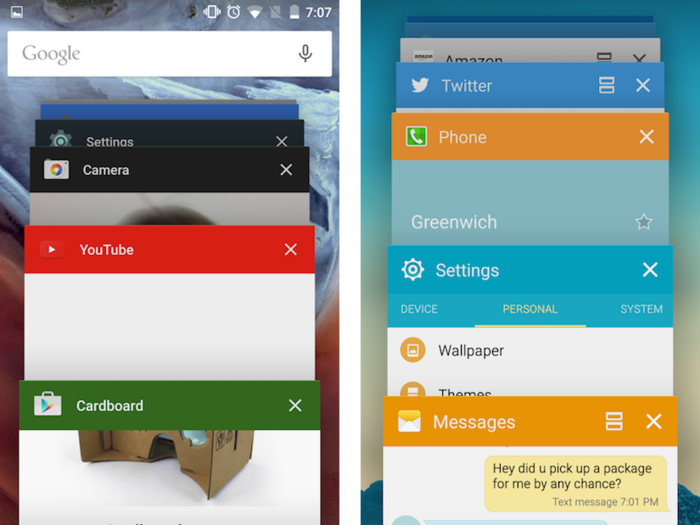How smartphone companies are screwing with your Android phone
This is the pure version of Android with no skin layer on top, and this phone (the Nexus 5) was bought unlocked directly from Google. That means all the apps you see here are Google's own, and it results in a clean, simple interface that's not confusing. It also means no carrier apps. Even though LG made this particular phone, there are no LG apps, either.
Popular Right Now
Popular Keywords
- India’s wearables market decline
- Vivo V40 Pro vs OnePlus 12R
- Nothing Phone (2a) Plus vs OnePlus Nord 4
- Upcoming smartphones launching in August
- Nothing Phone (2a) review
- Current Location in Google
- Hide Whatsapp Messages
- Phone is hacked or not
- Whatsapp Deleted Messages
- Download photos from Whatsapp
- Instagram Messages
- How to lock facebook profile
- Android 14
- Unfollowed on Instagram
Advertisement

